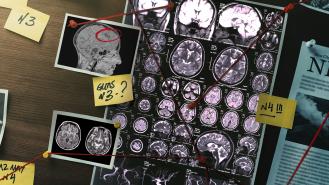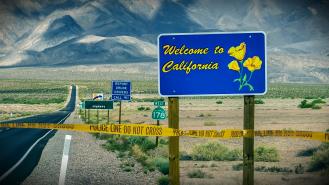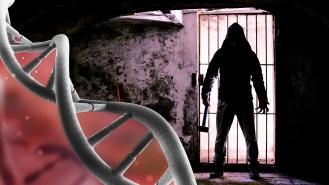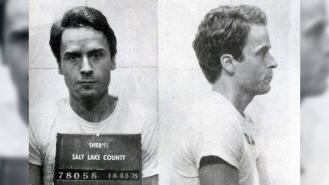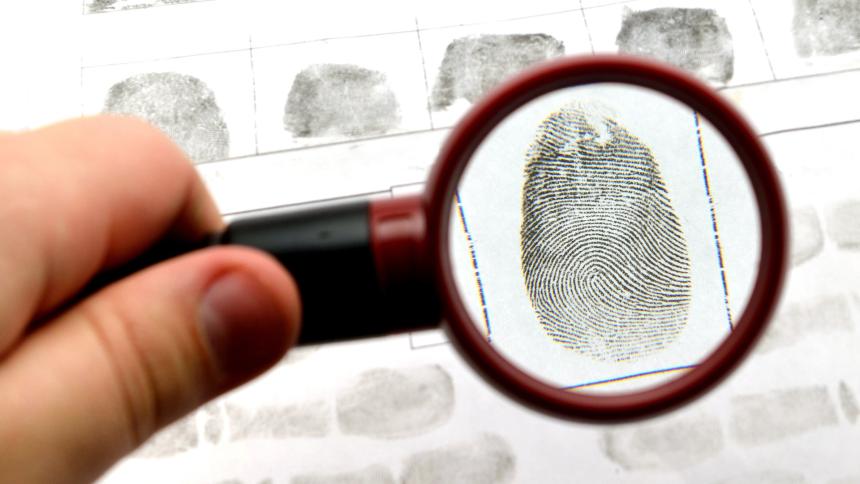
6 expert techniques used by forensic investigators
Before legal medicine was developed to examine mysterious deaths, many homicide cases weren’t being properly investigated. In 1944, approximately 1.4 million deaths occurred in the US, largely in domestic settings. 283,000 were questionable but only 2% were investigated. People were literally getting away with murder.
It was during this time in history when forensic and death investigation were beginning to emerge as scientific disciplines and medically trained doctors began to challenge the primacy of coroners. Today several basic forensic disciplines can reveal the cause of a mysterious death.
1. Powder Burns
We all may have watched TV detective shows that mention gunpowder burns with regularity, but the art of analysing powder burn residue on a victim’s body goes back over a century.
In 1913, one case was suspected of being a cover-up. Eugene Hochette had been found dead at the Delaware Hotel in New York with a single gunshot wound to the head. The coroner’s physician certified the death as suicide and permitted the cremation of the body the next day without an autopsy. Two physicians happened to examine the body before it was sent away and noted the absence of powder burns around the gunshot wound. When a gun is fired from up to three feet away, burning gunpowder produces stippling and soot on the skin. In Hochette’s case, the absence of such traces suggested the gun had been fired at a greater distance by a second party.
2. Bullet Ballistics
This forensic investigation involves the examination of evidence from firearms. When a bullet is fired from a gun it leaves microscopic marks on a bullet and cartridge case which act as a form of a ballistic fingerprint.
In April 1920, two men died after being shot by a total of six .32 calibre projectiles. The medical examiner recovered each projectile with his fingers and refrained from using metal instruments so as not to obscure rifling marks. Using a surgical needle, the examiner scratched a Roman numeral on the base of the bullet so he could describe in court the damage caused by each of the individual projectiles.
3. Liver Mortis
Liver mortis or ‘Lividity’ is the discoloration of the skin which occurs when blood is no longer circulating under pressure. Lividity appears some two hours after death on whatever surface of the body is lowest, except for where the capillary beds are compressed, such as if a body is resting on the ground. The discoloration manifests in patches of paleness informing the examiner where the skin was under pressure, how the arms and legs were folded or even the imprint of a belt around the waist. The condition can also reveal where the outline of a weapon was.
Liver mortis is a scientific fact and a simple matter of physics. If a person is found dead on their back with lividity on their anterior body, they could not have died that way. There has to be an explanation. The body was either placed that way or rolled over.
4. Carrion Insects
Forensic entomology is the medical examination of insect species attracted to flesh decomposition and can determine the time of death.
In July 1940, the discovery of 23-year-old Irene Perry in undergrowth in Dartmouth, USA, showed no sign of trauma despite her ankles and wrists having been bound with a rope. The examiner deduced how long Perry had been dead by the four groups of carrion insects, which deposit eggs on decomposing flesh, that had been found on her body. Based on an analysis of the developmental stages of larvae, investigators were able to determine that Irene had been dead for a month.
5. Dental records as identification
In cases where bodies are burned or destroyed beyond recognition, the teeth of the deceased can act as fingerprints. Odontology is the science of using teeth and dental records for identification.
On Saturday, 28th November 1942, Chicago’s famous Cocoanut Grove club saw a fierce fire sweep through the cavernous venue and kill 492 people. Bodies were tagged but so badly burned that it appeared impossible to establish identification. The teeth are the hardest, most durable material in the human body and can survive explosions, submersion in water and extreme physical force. Teeth are also unique fingerprints of an individual. A large proportion of the deceased in the Cocoanut Grove tragedy had dental repairs that were recognisable by their dentists.
6. Forensic Photography
Forensic photography to document physical evidence of a potential crime scene was first used over 80 years ago.
In 1935, the case of Dr Buck Ruxton was the first occasion forensic photography was used as evidence in a murder trial. Ruxton was convicted of the murders of his wife and her housemaid, known as the ‘Bodies Under the Bridge’ in Scotland. Both women had been dismembered and mutilated with expert surgical skill to remove fingerprints and facial characteristics to hinder identification, which included the removal of eyes, ears, lips, soft tissue and even teeth.
The remains of Isabella, Ruxtion’s wife, were positively identified using the technique of forensic anthropology in which an X-ray of a victim's skull was superimposed on a photograph taken of her in life. The defence team tried to have the evidence stricken out as inadmissible due to the technology being experimental.
